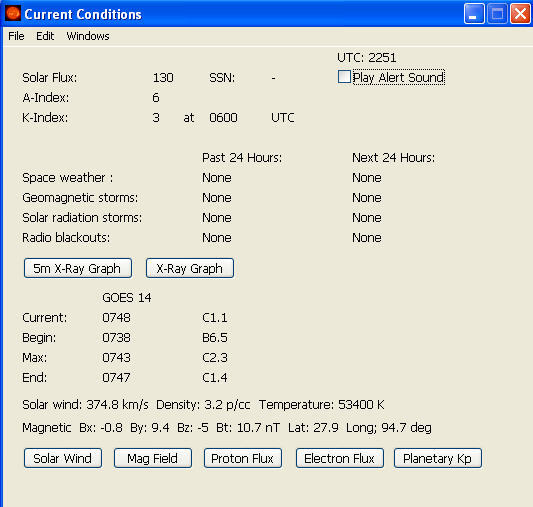

The funders had no role in study design, data collection and analysis, decision to publish, or preparation of the manuscript.Ĭompeting interests: The authors have declared that no competing interests exist.īrain structural and functional connectivity plays an important role in neuroanatomy, neurodevelopment, electrophysiology, functional brain imaging, and neural basis of cognition. This is an open-access article distributed under the terms of the Creative Commons Attribution License, which permits unrestricted use, distribution, and reproduction in any medium, provided the original author and source are credited.įunding: This work was supported by the National Institutes of Health Director’s New Innovator Award 1 DP2 OD004445-01 to SK and K23 HD054720 to FH and National Cancer Institute (K07 CA134639 to SK). Received: ApAccepted: JPublished: July 13, 2012Ĭopyright: © 2012 Hosseini et al. PLoS ONE 7(7):Įditor: Renaud Lambiotte, University of Namur, Belgium Along with demonstration of the capabilities of the GAT, this is the first report of altered large-scale structural brain networks in ALL survivors.Ĭitation: Hosseini SMH, Hoeft F, Kesler SR (2012) GAT: A Graph-Theoretical Analysis Toolbox for Analyzing Between-Group Differences in Large-Scale Structural and Functional Brain Networks. The results revealed an alteration in small-world characteristics of the brain networks in the ALL survivors an observation that confirm our hypothesis suggesting widespread neurobiological injury in ALL survivors. We demonstrated the capabilities of GAT by investigating the differences in the organization of regional gray-matter correlation networks in survivors of acute lymphoblastic leukemia (ALL) and healthy matched Controls (CON). Area under a curve (AUC) and functional data analyses (FDA), in conjunction with permutation testing, is employed for testing the differences in network topologies analyses that are less sensitive to the thresholding process. GAT provides a graphical user interface (GUI) that facilitates construction and analysis of brain networks, comparison of regional and global topological properties between networks, analysis of network hub and modules, and analysis of resilience of the networks to random failure and targeted attacks.

In this report, we describe the development of a graph-analysis toolbox (GAT) that facilitates analysis and comparison of structural and functional network brain networks. However, tools for pipeline application of graph theory for analyzing topology of brain networks is still lacking. In recent years, graph theoretical analyses of neuroimaging data have increased our understanding of the organization of large-scale structural and functional brain networks.


 0 kommentar(er)
0 kommentar(er)
